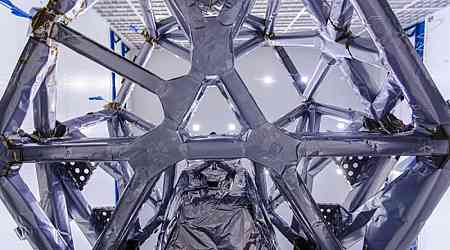A team at the Paul Scherrer Institute (PSI) in Switzerland has achieved a breakthrough with a Kagome superconductor (RbV3Sb5) that demonstrates time-reversal symmetry (TRS) breaking at a temperature of 175 Kelvin (-98°C or -144.67 °F). This record temperature suggests promising developments in quantum systems, which typically require ultra-low temperatures to prevent disruptions caused by thermal energy. Researchers believe the high-temperature TRS breaking in RbV3Sb5 can reduce energy needs for quantum technology, potentially accelerating its adoption.
Understanding Time-Reversal Symmetry in Quantum Technology
TRS implies that the fundamental laws remain the same when time flows backward in Physics. However, in materials like RbV3Sb5, TRS is broken, leading to unique quantum states that are challenging yet essential for developing advanced quantum devices. These unusual states result in the material behaving differently depending on the direction of time, an attribute that can be manipulated for enhanced control over quantum systems.
According to the study authors, this Kagome superconductor maintains superconductivity down to approximately two Kelvin but can sustain TRS-breaking quantum states at much higher temperatures, enhancing its suitability for real-world applications. PSI researchers, including Mahir Dzambegovic, highlighted the material's charge order state, where electrons form an organised pattern, producing a magnetic effect that breaks TRS at -144.67 °F.
Implications for Future Quantum Systems
The discovery of TRS breaking at such temperatures presents significant implications for quantum computing and storage. The ability to maintain these effects at higher temperatures could make quantum technologies more feasible outside of laboratory settings, according to PSI's team. Notably, the TRS-breaking properties of RbV3Sb5 are tunable, with effects varying based on the material's depth, from surface to core.
Future studies are expected to further explore the tunability of Kagome superconductors, particularly focusing on the interplay between superconductivity and TRS-breaking effects in RbV3Sb5. The study, published in Nature Communications, marks a step toward achieving practical quantum devices capable of operating in more energy-efficient conditions.
































